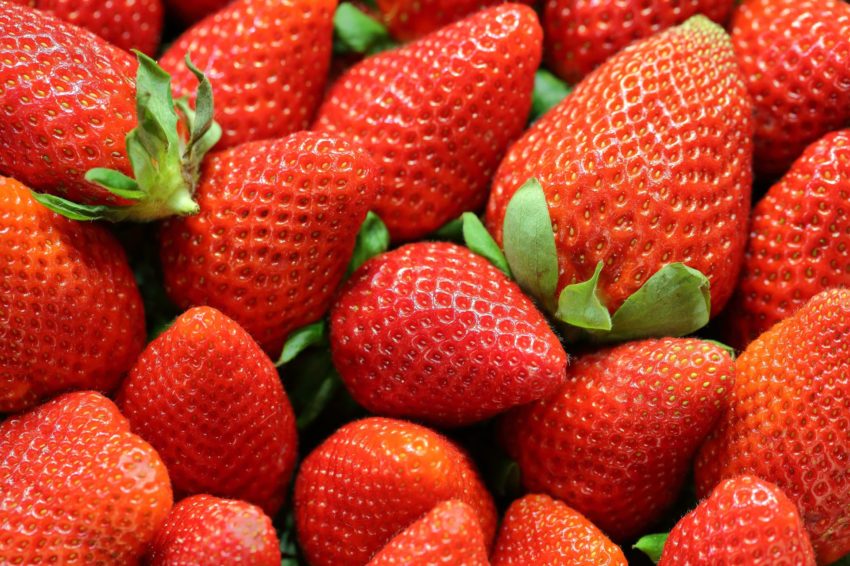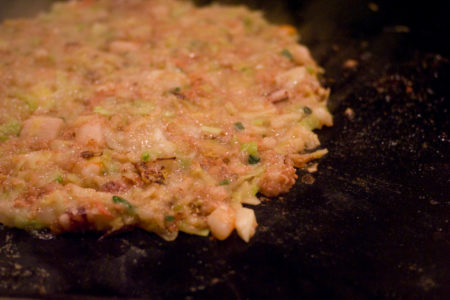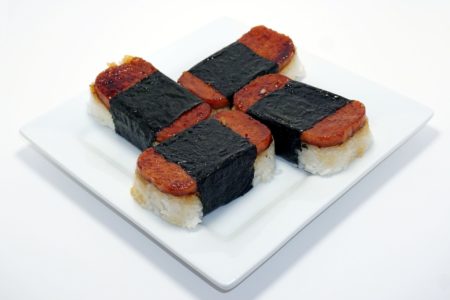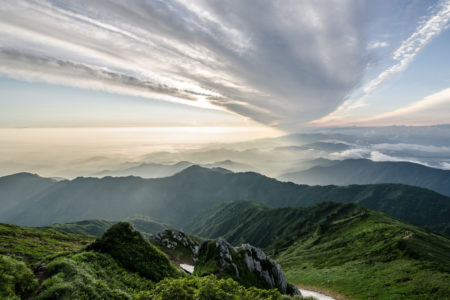The Kingdom of Strawberries

Top Image by Maksim Shutov on Unsplash
One of Japan’s most beloved winter holiday traditions is that of the Christmas Cake. Sold almost everywhere in a many varieties, it’s hard to find a household that doesn’t get at least one around this time of year. And one of the most important ingredients in the traditional Christmas Cake is strawberries (いちご, ichigo).
The Sweet Taste of Being Number One
It is said that Japan consumes the largest amount of fresh strawberries in the world, and improving farming technology has allowed the strawberry business to become one of pride and fierce competition.
As for 2019, Japan was the tenth largest producer of strawberries in the world. Just about all of its output is consumed domestically. While technically in season from January to March, strawberries are highly desired in December due their use in the cakes.
To meet the demand, Japan’s strawberry farmers have made December one of their peak business months. Many invest heavily in advanced technology and methods to produce the most delicious strawberries possible. Strawberry picking is a popular pastime in the spring. Some greenhouses are even open to the public, where you can pick your own (for a price, of course)
Welcome to the Kingdom
The largest producer of strawberries in Japan is Tochigi prefecture, known as the “Strawberry Kingdom” (いちご王国, ichigo-oukoku) and the center of it all is the city of Ashikaga. For the residents of Ashikaga, strawberries aren’t just a local crop; they are the part of the city’s identity.
After World War II, farmers in Tochigi were looking for an ideal crop to grow on their land. Cultivated areas per farmhouse were small, and business was always in flux. Despite being thought to grow better in the warmer parts of southern Japan, strawberries became the de facto crop in the 1960’s thanks for greenhouse farming technology.
Before long, a gamble to save the city’s faltering farming industry paid off in dividends, and Ashikaga & Tochigi became synonymous with strawberries. Today, many unique techniques are used to create the freshest, juiciest strawberries possible year-round. Everything from the composition of the fertilizer used to enlisting honeybees to help with pollination has made Ashikaga the go-to place for strawberry farming techniques.
A Serious Strawberry Business
What makes Japanese strawberries particularly interesting is the number of varieties available, with new ones introduced almost every year. Tochigi itself is famous for a variety called Tochi Otome (“Tochigi Maiden”), which are relatively small, sweet and fragrant. Fukuoka Prefecture, which is second in strawberry production after Tochigi, has the Ama-O (“Sweet King”), with enormous, sweet berries that are four to five times the size of other varieties.
Strawberry producers vie fiercely for the claim to the sweetest, most fragrant variety. They will give their brands imaginative names such as Beni Hoppe (“Red Cheeks”), Hatsukoi no Kaori (“The Scent of First Love”; a striking white berry) and Bijin-hime (“Beautiful Princess”).
Many of these premium strawberries are popular as gifts. Flawless, carefully packaged berries can cost several hundred yen each. Prices are more reasonable for lower-grade strawberries, so don’t worry about sampling Japan’s famed strawberries- it’s more than possible even on a budget.
It’s no secret that people love their strawberries in Japan. When you bite into a slice of Christmas Cake this weekend, you may be eating strawberries grown in the kingdom itself up in Tochigi!
Photo Credits:
Top Image by Maksim Shutov on Unsplash
All other content (text) created by the original author and © 2021 MUSUBI by Borderlink
RELATED
-

Monjayaki: An Intellectual & Fun Food
Top Photo: “Monjayaki” by Masaaki Komori from Tokyo, JAPAN licensed under the Creative Commons Att… -

Spam Musubi: This is Japanese, Right?
Top Photo: Chris Hackmann licensed under the Creative Commons Attribution-Share Alike 4.0 International licens… -

Mind Detoxifying Places in Tohoku
Top Image: AG2016 on Pixabay Detoxification is needed to wash out harmful toxins that damage our body. With al…
PEOPLE

Michael Yousefi
From Australia
Has experienced Japan for just under a year!



